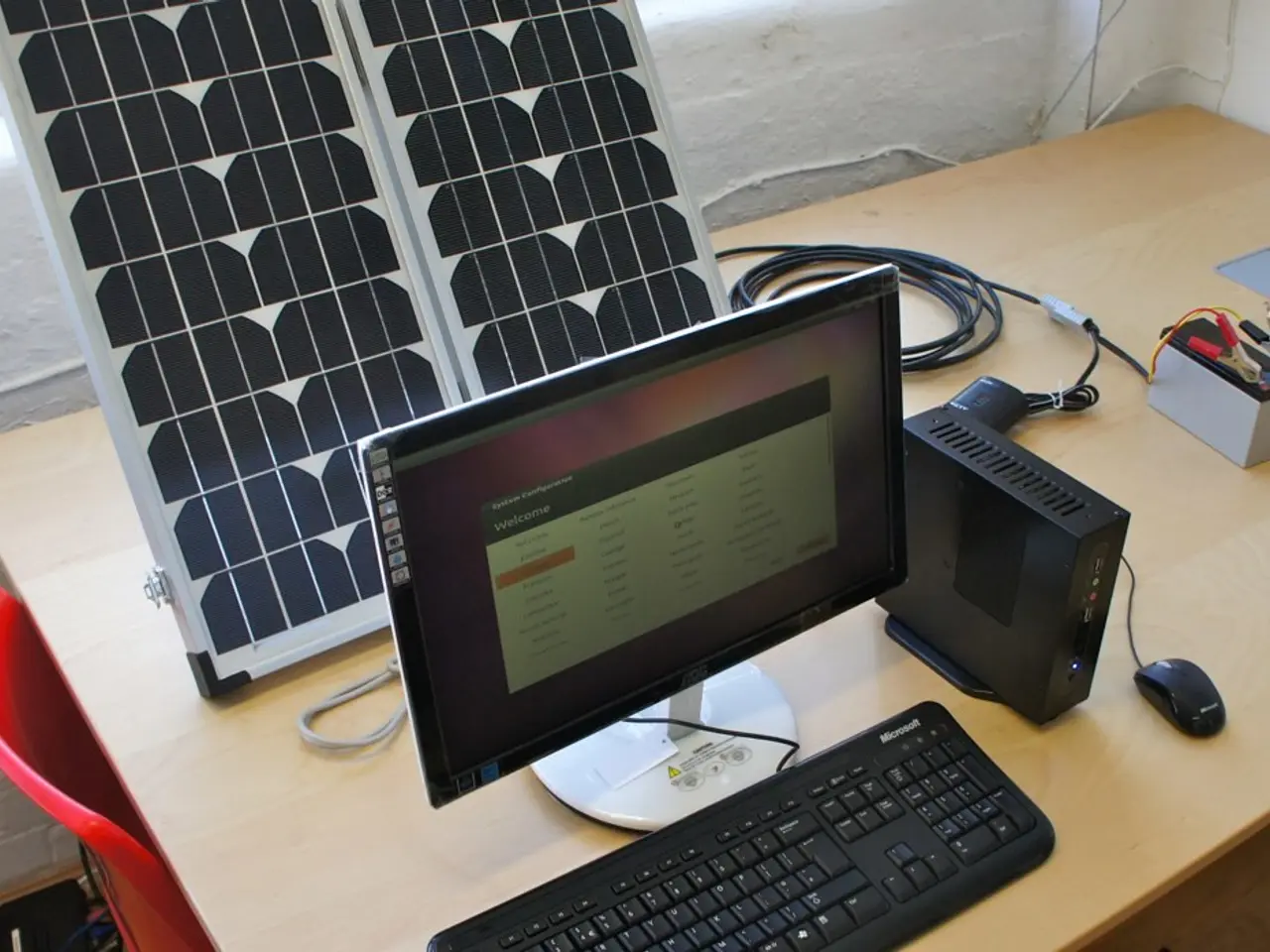Perovskite Triple-Junction Solar Cells Aim for Record 49% Efficiency
An international team led by Leiping Duan, Cheng Xu, and Jianghui Zheng has published a review on perovskite technology in Micro-Nano Letters. The article highlights the potential of perovskite triple-junction solar cells, which could reach record efficiencies of over 49 percent, surpassing the silicon solar cell limit of around 30 percent.
Perovskite materials have shown rapid progress since 2018. Current record devices have achieved certified efficiencies of over 27 percent. However, a central challenge lies in the misalignment of band gaps between the three absorber layers in perovskite triple-junction cells. Researchers are addressing this by exploring band gap engineering, improving light management, and enhancing long-term stability.
Mixed-halide perovskites face issues like phase separation under illumination, which impairs photovoltage and operational stability. High defect densities and interfacial mismatches in wide-bandgap perovskites result in significant losses in open-circuit voltage (VOC). Despite these hurdles, triple junctions of perovskite and silicon (PSTJSCs) could achieve efficiencies far beyond conventional silicon cells. A team at the Helmholtz-Zentrum Berlin (HZB) and the Technische Universität Berlin is currently working on these challenges to bring perovskite triple-junction solar cells closer to market readiness. Monolithic PSTJSCs could seamlessly integrate into existing silicon solar module production lines, promising swift commercialization.
Perovskite triple-junction solar cells hold great promise for record-breaking efficiencies, but challenges remain in aligning band gaps and improving stability. Ongoing research aims to overcome these hurdles, with potential commercialization on the horizon through seamless integration into existing production lines.
Read also:
- Reconsidering the Approach to Mountain Height Measurement?
- UK automaker, Jaguar Land Rover, to commit £500 million for electric vehicle manufacturing in Merseyside
- Standard Nuclear & Framatome Join Forces to Boost TRISO Fuel Production by 2027
- Exhibition Spotlights Child Labor in Lithium and Cobalt Mines








